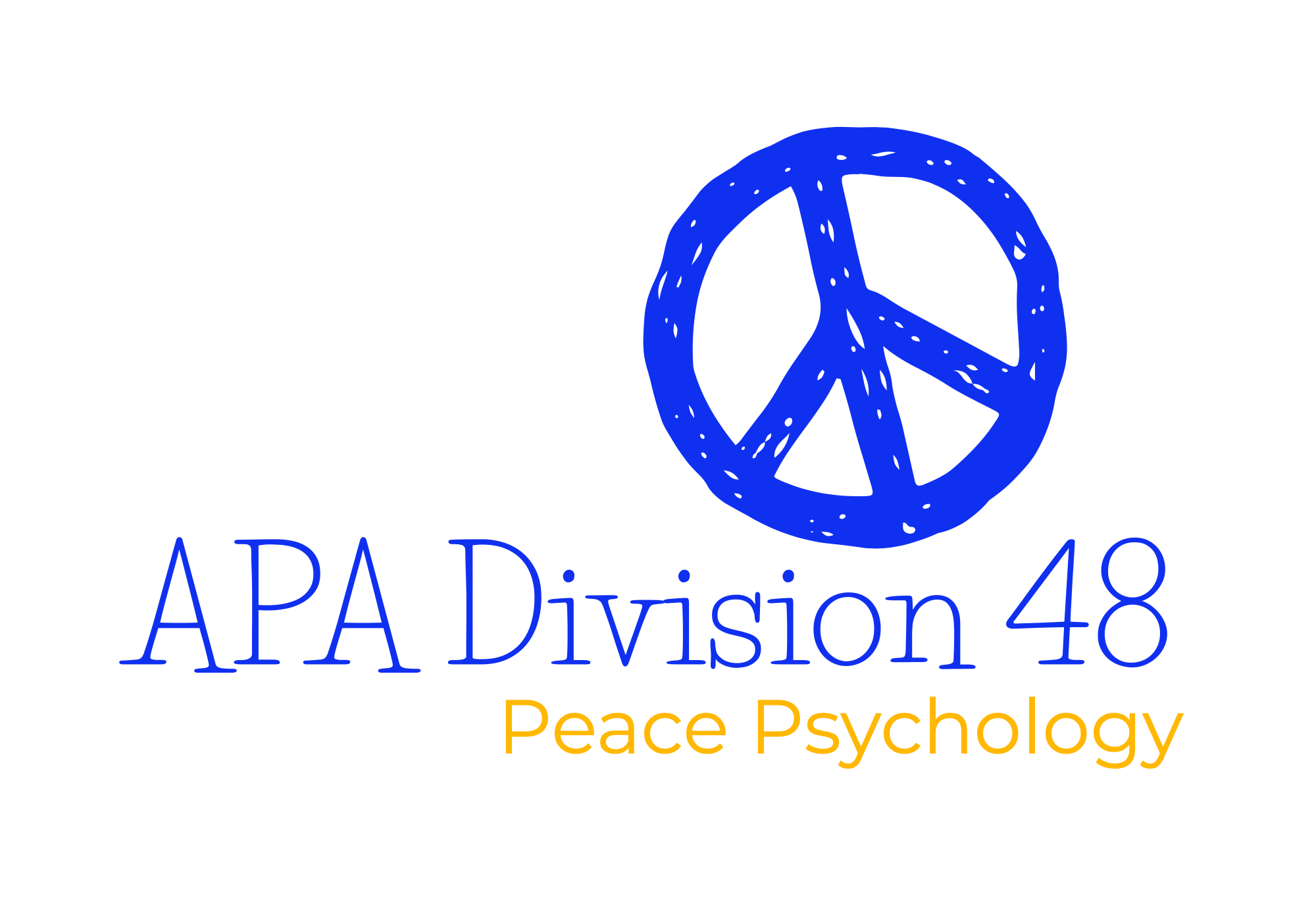Teach Peace -- Linden Nelson
This is the first of several blogs that I plan to write in order to introduce and encourage use of the “Teach Peace” resources. I will offer suggestions for how teachers might use these materials, and I also welcome your comments and suggestions in Comments box below. Please join us in this important mission to Teach Peace.
In the early 1980’s when the Reagan Administration was enlarging U.S. nuclear forces, I attended a symposium at a meeting of the Western Psychological Association where a panel of psychologists showed the film “The Last Epidemic.” The film shows what would happen if a large nuclear bomb were detonated above San Francisco. The panel shared additional information about the effects of nuclear weapons and about the arsenals of the U.S. and USSR. Clearly, the policy of Mutually Assured Destruction was MAD. The panel posed the question: What can psychologists do about this suicidal insanity?
I decided that this problem was worthy of my spending one year of my spare time to educate myself about this issue. Was the situation really as dangerous as had been portrayed? Was everything I cared about at risk? Did psychology have anything to offer for understanding the risks and causes of our nuclear weapon policies or for finding solutions to this problem? It did not take long to discover that the answers to these questions were yes, yes, and yes. My study of nuclear and other war and peace issues, and the activism provoked by that, lasted a good bit longer than one year.
Another question that has puzzled and motivated me for over three decades is, “Given the importance of this issue and the relevance of psychology, why don’t more psychology teachers discuss nuclear weapon issues (and war and peace issues more generally) with their students?” Considering that psychology is taught at nearly every university in the world, and the vast majority of students take at least one psychology course, psychology teachers have a huge captive audience! Those of us who are psychology professors have an opportunity to have a positive influence on the war and peace attitudes of a large proportion of the future decision-making citizens in the world, and we have a responsibility to help our students understand the application of psychology for their personal well-being and for the survival and well-being of life on earth.
Beginning in 1990, the Division 48: Peace Psychology of the American Psychological Association (APA) has had a subgroup on peace education, now called the Peace Education Working Group. I am pleased to serve as chairperson for this working group. We continue to collect resources for teaching about peace and conflict, and we regularly organize presentations at APA conventions on peace education. In addition, I moderate a listserv on peace education at all levels for anyone wanting to share or receive, two or three times a month, information on peace education resources and events. Please contact me if you would like to join this listserv.
Teaching materials collected by the Peace and Education Working Group for school and university levels are available here on PeacePsychology.org
in a section entitled Teach Peace. The division’s Internet Editor, Robert McKelvain, recently organized these materials for the revised website under the three headings of Peace Courses, Presentations, and Resources For Teaching.
As an introduction to “Teach Peace,” I suggest that you might begin by reading two of the resources that describe the rationale for teaching peace psychology courses and identify major topics for courses and lectures on the psychology of peace and conflict. In the section on Resources For Teaching, read (1) Teaching Peace Psychology Courses: Rationale and Suggestions – Marsella and (2) Topics and Resources for Teaching Peace Psychology – Nelson.
Please send me course syllabi and other teaching materials for the site that you believe would be useful for teaching about the psychology of peace and conflict.
